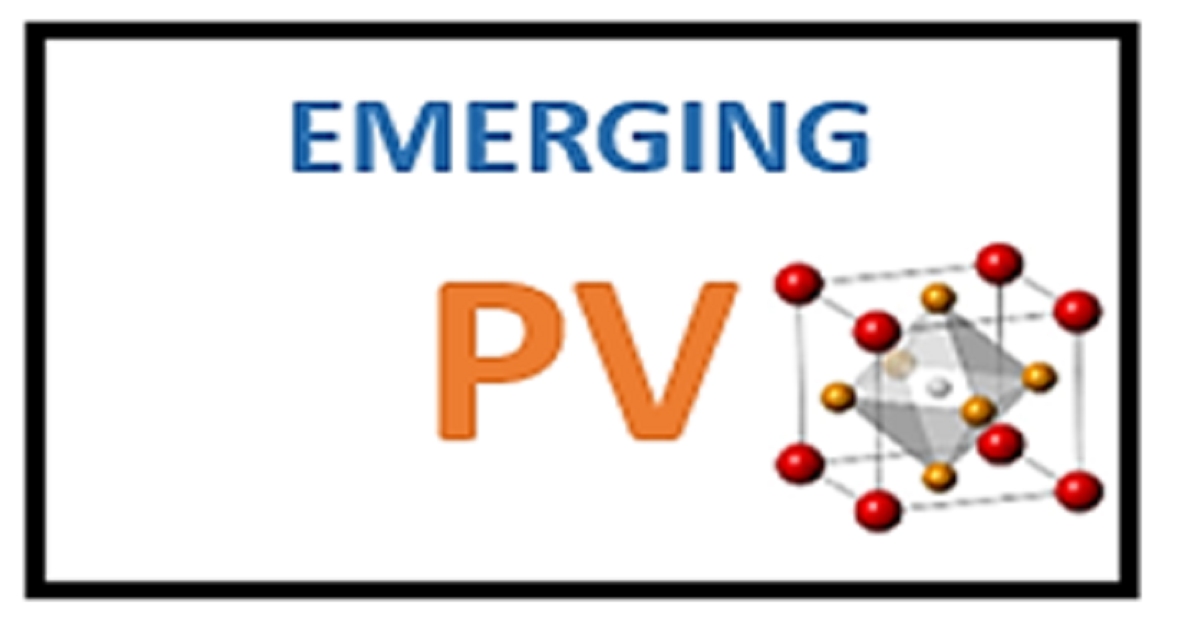- 3.2Impact Factor
- 6.4CiteScore
- 16 daysTime to First Decision
Latest Research on Photovoltaic Materials and Solar Cells
This special issue belongs to the section “Energy Materials“.
Special Issue Information
Dear Colleagues,
The topic of this Special Issue titled “Latest Research on Photovoltaic Materials and Solar Cells” is dedicated to the development of solar cells such as perovskite cells, perovskite/Si tandem cells, perovskite/CIGS tandem cells, dye-sensitized cells, inorganic CZTSe cells, quantum dots cells, organic solar cells and other promising new PV technologies. Despite great advancements, these technologies are not yet advanced enough to be used in mass production. Research on these types of cells is extremely intensive in many laboratories, bringing new achievements in efficiency and stability. In particular, perovskite solar cells and tandem perovskite cells are interesting due to their high efficiencies and simple technological process. These cells, despite great progress, still struggle with the problem of long-term stability as well as the presence of toxic lead in high-efficiency perovskite cells. The aim this Special Issue is to present original results from theoretical and experimental research in the field of emerging PV technologies. Review papers are also welcome.
Dr. Marek Lipiński
Guest Editor
Manuscript Submission Information
Manuscripts should be submitted online at www.mdpi.com by registering and logging in to this website. Once you are registered, click here to go to the submission form. Manuscripts can be submitted until the deadline. All submissions that pass pre-check are peer-reviewed. Accepted papers will be published continuously in the journal (as soon as accepted) and will be listed together on the special issue website. Research articles, review articles as well as short communications are invited. For planned papers, a title and short abstract (about 250 words) can be sent to the Editorial Office for assessment.
Submitted manuscripts should not have been published previously, nor be under consideration for publication elsewhere (except conference proceedings papers). All manuscripts are thoroughly refereed through a single-blind peer-review process. A guide for authors and other relevant information for submission of manuscripts is available on the Instructions for Authors page. Materials is an international peer-reviewed open access semimonthly journal published by MDPI.
Please visit the Instructions for Authors page before submitting a manuscript. The Article Processing Charge (APC) for publication in this open access journal is 2600 CHF (Swiss Francs). Submitted papers should be well formatted and use good English. Authors may use MDPI's English editing service prior to publication or during author revisions.
Keywords
- dye solar cells
- perovskite solar cells
- organic solar cells
- quantum dots solar cells
- third-generation solar cells
- emerging PV technologies

Benefits of Publishing in a Special Issue
- Ease of navigation: Grouping papers by topic helps scholars navigate broad scope journals more efficiently.
- Greater discoverability: Special Issues support the reach and impact of scientific research. Articles in Special Issues are more discoverable and cited more frequently.
- Expansion of research network: Special Issues facilitate connections among authors, fostering scientific collaborations.
- External promotion: Articles in Special Issues are often promoted through the journal's social media, increasing their visibility.
- e-Book format: Special Issues with more than 10 articles can be published as dedicated e-books, ensuring wide and rapid dissemination.

